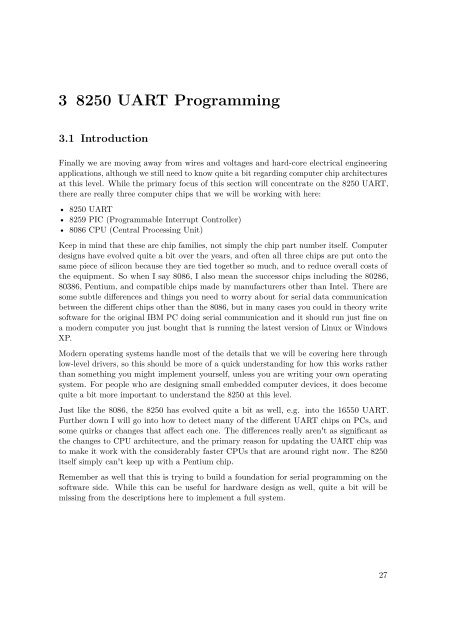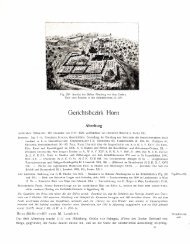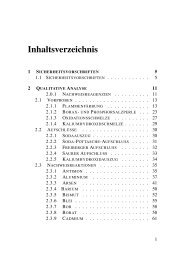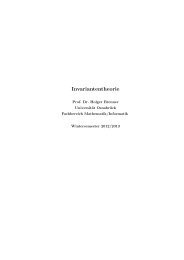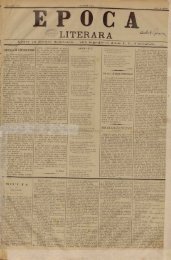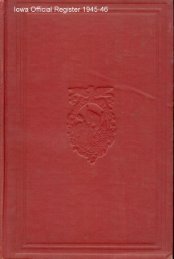Serial Programming - upload.wikimedia....
Serial Programming - upload.wikimedia....
Serial Programming - upload.wikimedia....
Create successful ePaper yourself
Turn your PDF publications into a flip-book with our unique Google optimized e-Paper software.
3 8250 UART <strong>Programming</strong><br />
3.1 Introduction<br />
Finally we are moving away from wires and voltages and hard-core electrical engineering<br />
applications, although we still need to know quite a bit regarding computer chip architectures<br />
at this level. While the primary focus of this section will concentrate on the 8250 UART,<br />
there are really three computer chips that we will be working with here:<br />
• 8250 UART<br />
• 8259 PIC (Programmable Interrupt Controller)<br />
• 8086 CPU (Central Processing Unit)<br />
Keep in mind that these are chip families, not simply the chip part number itself. Computer<br />
designs have evolved quite a bit over the years, and often all three chips are put onto the<br />
same piece of silicon because they are tied together so much, and to reduce overall costs of<br />
the equipment. So when I say 8086, I also mean the successor chips including the 80286,<br />
80386, Pentium, and compatible chips made by manufacturers other than Intel. There are<br />
some subtle differences and things you need to worry about for serial data communication<br />
between the different chips other than the 8086, but in many cases you could in theory write<br />
software for the original IBM PC doing serial communication and it should run just fine on<br />
a modern computer you just bought that is running the latest version of Linux or Windows<br />
XP.<br />
Modern operating systems handle most of the details that we will be covering here through<br />
low-level drivers, so this should be more of a quick understanding for how this works rather<br />
than something you might implement yourself, unless you are writing your own operating<br />
system. For people who are designing small embedded computer devices, it does become<br />
quite a bit more important to understand the 8250 at this level.<br />
Just like the 8086, the 8250 has evolved quite a bit as well, e.g. into the 16550 UART.<br />
Further down I will go into how to detect many of the different UART chips on PCs, and<br />
some quirks or changes that affect each one. The differences really aren't as significant as<br />
the changes to CPU architecture, and the primary reason for updating the UART chip was<br />
to make it work with the considerably faster CPUs that are around right now. The 8250<br />
itself simply can't keep up with a Pentium chip.<br />
Remember as well that this is trying to build a foundation for serial programming on the<br />
software side. While this can be useful for hardware design as well, quite a bit will be<br />
missing from the descriptions here to implement a full system.<br />
27


